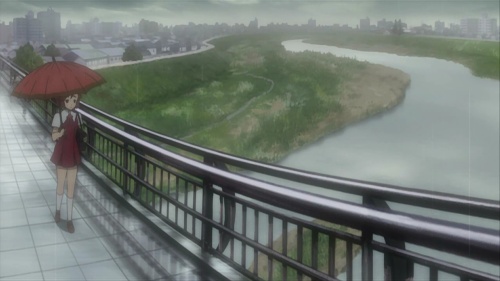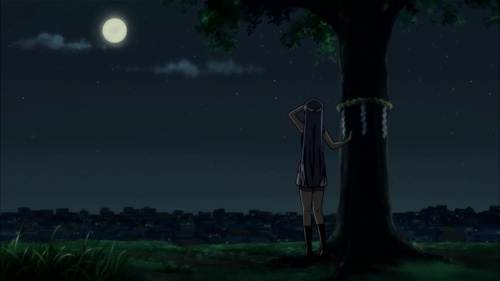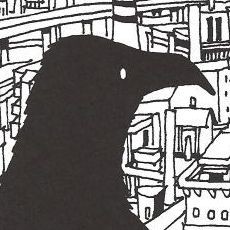Watching anime for a long time (I’m talking years, really,) one can fall into certain patterns of viewing. I’ve grown accustomed to knowing what I like, and what I don’t, and picking the anime I watch according to my own tastes. There’s nothing wrong with this, it fundamentally makes sense, but it also leads one to miss out on certain shows that don’t immediately conform to my personal set of ‘requirements’; not every series is as easy to dismiss as I would like to believe (thank god,) therefore, I have devised a cunning plan.
Every one cour TV series released in the last 10 years (that’s rated over 7.5 (out of 10) on MyAnimeList) is pasted into a numbered list of my own making, from which I’ll then choose what to watch by using a random number generator.
That may sound like a really crazy way of doing things, but it’s actually liberating in the sense that it removes any innate biases from the process and just gets me watching the type of highly-rated anime I’d otherwise never bothered to look at twice. In Maria+Holic, I’ve finally seen my first ever Akiyuki Shinbo (plus SHAFT) series, and then, immediately after that, fate saw fit to point me in the direction of Kannagi.

For a time in 2008, this was the show the anime community was talking about the most, but for me, it looked like just another in a long line of cute-looking harem romances. That’s hardly my favourite genre, and having now seen the whole series, I can’t lie, Kannagi is exactly what I just described, which is no judgment on the quality of the show itself, but you’ll be pretty disappointed if you go into this expecting anything other than a bunch of high-school kids having fun and getting into shouting fights with each other. It’s not subversive in that sense, it won’t surprise you by being something it obviously isn’t, yet it’s crafted with enough care and nuance to suggest that the people working on it are enjoying making anime, loved these characters and wanted to do something with them; a combination that invariably makes for good anime, and, indeed, the last four episodes of Kannagi are great.

Following on from a delightfully uncomfortable (episode-long) adventure into a karaoke bar, the plot comes to the fore and takes a sudden existential twist as Nagi (the girl with the blue hair) is forced to question her forgotten past and fathom her purpose in life (after all, she’s supposed to be a Shinto god incarnate.) When she suddenly disappears, life becomes bleak for the others; nerves are frayed and the veil of good humour is lost to sleepless nights and a sense of complete and utter helplessness. It’s absorbing and I just wish the rest of Kannagi was as focussed.
Those last four episodes could make for a great drama in the same way that The Girl Who Leapt Through Time was a great drama, alas, the preceding 8 episodes are kind of empty. At the highest points of these earlier episodes, the series recalls the geeky comedy and pathos of Genshiken, especially when the characters visit places like a maid café, dress up and act all embarrassed, but mostly, it’s just long stretches of zany comedy and risqué school antics with the minimum of plot and character development tacked on at the end of each episode.

It’s frustrating because Kannagi’s spiritual side is fascinating. One of things that initially kept me coming back was the ending theme, a really beautiful, soulful song that hints at the magical depths of a story we only snatch glimpses of until the finale kicks in. The images I’ve chosen for this review will, I hope, reflect that mystical, darker side of the series, for they are the moments I loved the most.

Leave a Reply